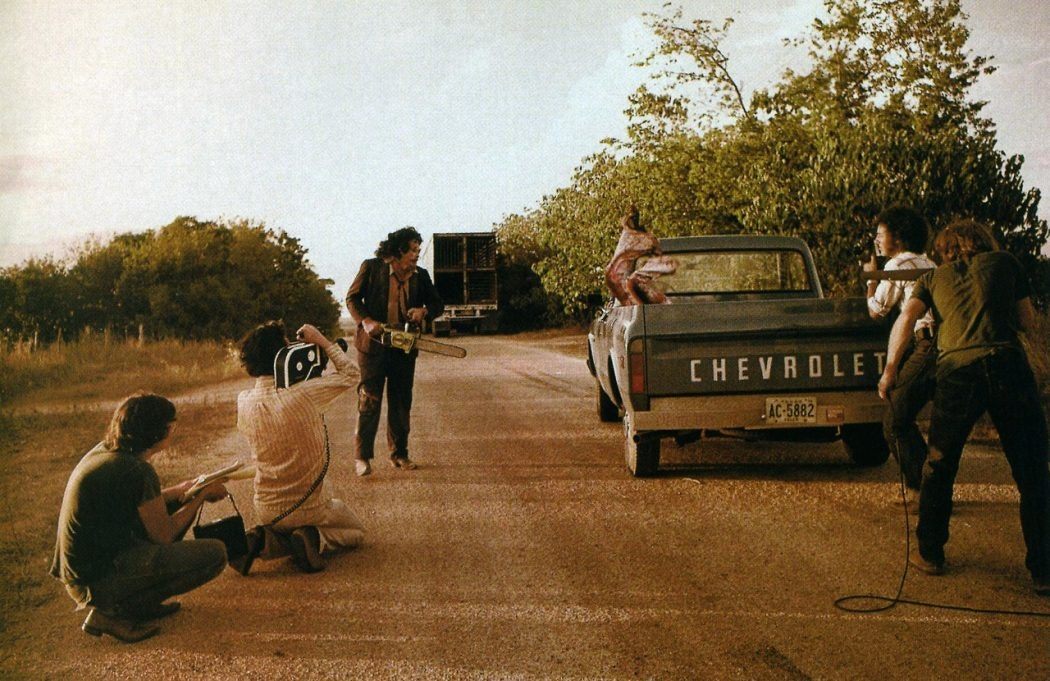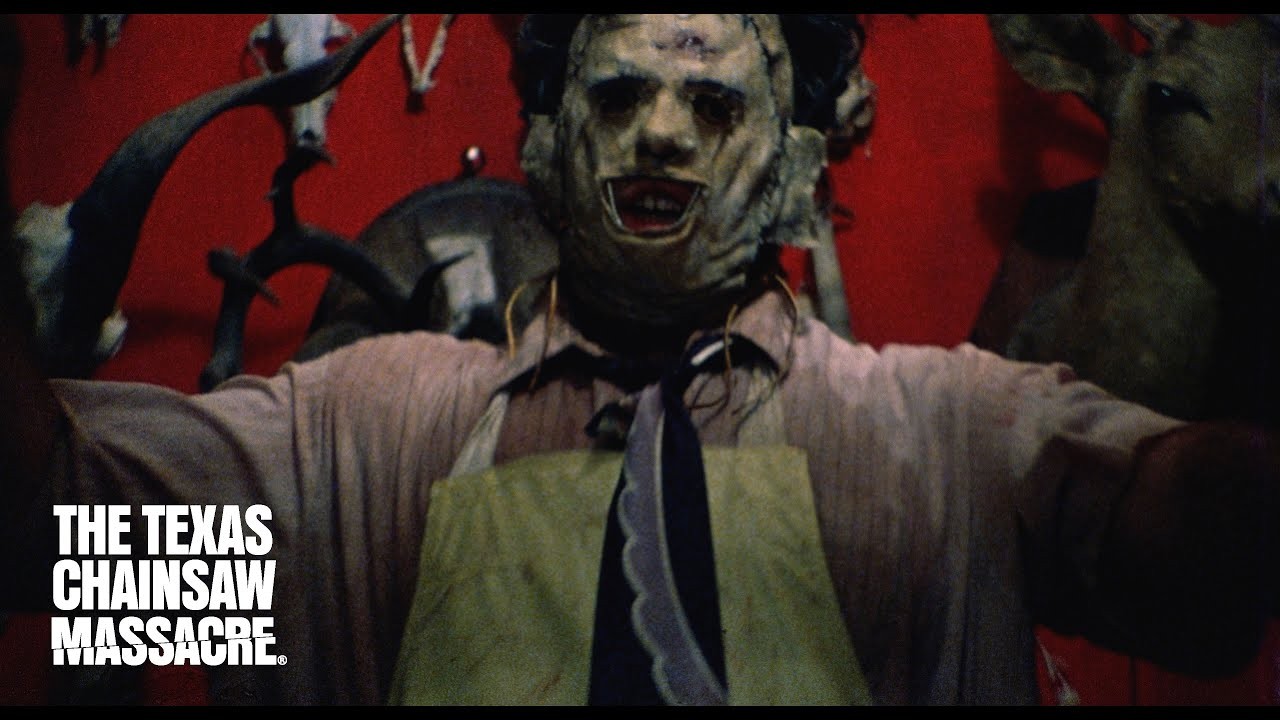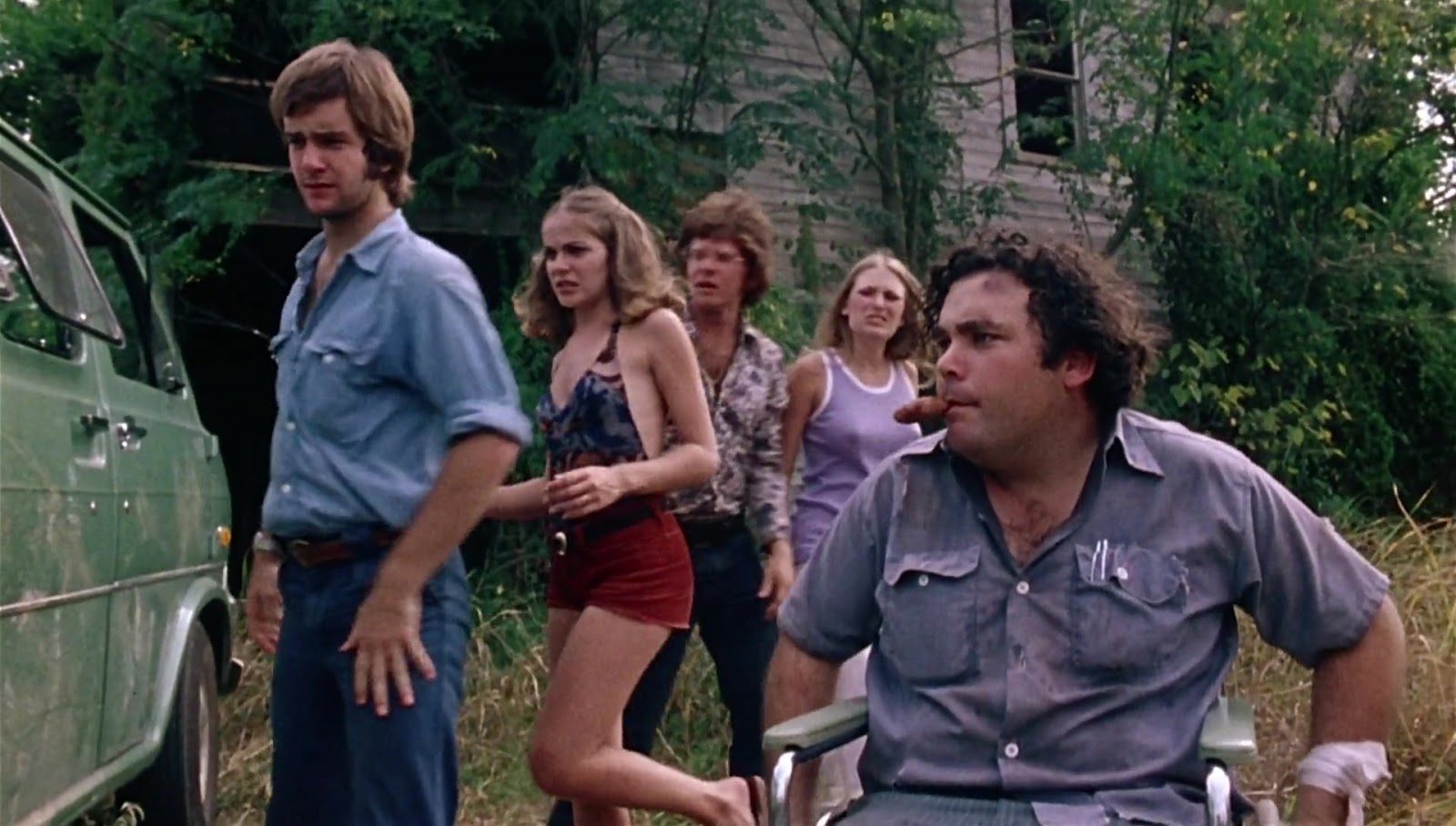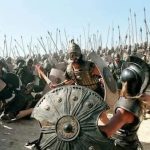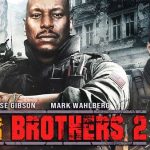The Texas Chainsaw Massacre (1974)
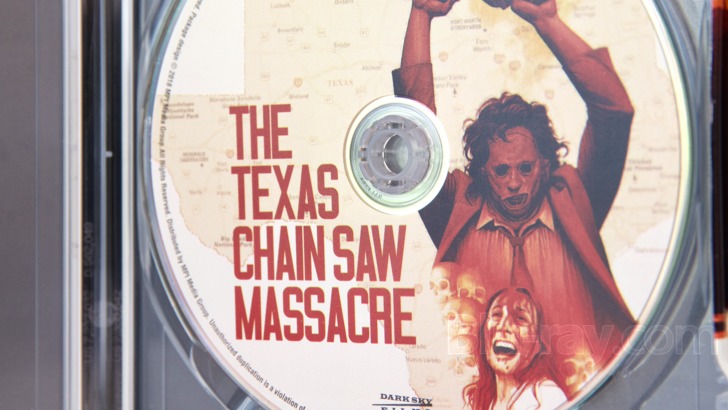
The Texas Chainsaw Massacre (1974), directed by Tobe Hooper and co-written with Kim Henkel, is one of the most influential and disturbing horror films ever made. Released in the United States at a time when the genre was evolving into more complex and graphic forms, The Texas Chainsaw Massacre introduced a raw, brutal, and unsettling approach to horror that has since shaped the genre. It is a film that has sparked intense debates, earned a cult following, and remains a quintessential piece of American horror cinema. Featuring a young cast led by Marilyn Burns, Paul A. Partain, and a haunting performance by Gunnar Hansen as the iconic antagonist, Leatherface, the film transcends the boundaries of the genre, challenging audience expectations and pushing the limits of what is acceptable in horror.
The Texas Chainsaw Massacre opens with a documentary-style narration, setting the tone for what is to come. A group of young friends, including Sally Hardesty (Marilyn Burns), her disabled brother Franklin (Paul A. Partain), and their companions, venture into rural Texas to visit the farmhouse of Sally’s grandfather, whose grave has been desecrated. Along the way, they encounter a series of unsettling events and strange individuals, including a hitchhiker who behaves erratically before the group is forced to kick him out of their van.
The story quickly takes a darker turn when the group arrives at the farmhouse and is introduced to the cannibalistic family that inhabits the area. Among the family members is Leatherface (Gunnar Hansen), a towering, grotesque figure who wears a mask made of human skin. As the group becomes trapped in the house, they are stalked and picked off one by one by Leatherface and his deranged family, who feed on their victims and collect trophies from their mutilated bodies.
Sally becomes the primary survivor, fighting for her life in a desperate struggle to escape the horrors of the house. The film culminates in a series of violent and harrowing encounters as Sally, battered and bloodied, narrowly escapes from the clutches of the terrifying family. The film ends on an unsettling note, with Sally’s escape providing no real sense of closure or justice, leaving the audience to question the morality of what they have witnessed.
One of the most striking aspects of The Texas Chainsaw Massacre is its critique of the American Dream and the breakdown of traditional American values. Set in the rural South, the film portrays a decaying, disillusioned America, where the idyllic images of family, home, and prosperity have been replaced by violence, chaos, and madness. The “family” at the center of the film is grotesque, dysfunctional, and utterly detached from the values of mainstream society. Instead of providing safety and warmth, the home they inhabit becomes a house of horrors, a symbol of the collapse of the American ideal.
The film contrasts the rural, working-class family that resides in the farmhouse with the youthful, urban characters who venture into their world. The group of friends in the film represents the modern, optimistic, and naïve ideals of youth, while the cannibalistic family represents an older, more primitive and savage existence, suggesting that the idyllic world of the American Dream is a façade that hides darker, more primal forces lurking beneath the surface. This theme of societal decay is heightened by the rural Texas setting, where the characters’ sense of security and innocence is shattered by the unrelenting violence they encounter.
At its core, The Texas Chainsaw Massacre is a film about fear—the fear of the unknown, the fear of isolation, and the fear of encountering something far beyond human comprehension. The film creates an atmosphere of dread and tension by showing characters who are utterly vulnerable, trapped in a situation where there is no escape. The rural setting of the film, with its remote and desolate landscapes, amplifies the sense of isolation, making the audience feel as though the characters are entirely cut off from civilization. There is no help coming, no safety to be found, and no resolution to the suffering.
The terrifying and enigmatic figure of Leatherface, with his mask made of human skin, is a symbol of primal fear. He is not a traditional villain driven by clear motives or psychological complexity but a manifestation of mindless violence and the breakdown of civilization. His actions are horrifying precisely because they are so random and senseless. Leatherface’s existence challenges the concept of a rational world, where actions have consequences, and where victims might escape. In this film, the rules of safety and morality are thrown out, and survival is left to chance.
The fear is also tied to the sense of powerlessness that the characters experience. The film’s protagonists are not powerful or heroic figures; instead, they are regular young people who find themselves caught in a horrifying and uncontrollable situation. The audience is forced to identify with their helplessness and to feel the same terror that they experience. The lack of a strong protagonist to guide the narrative, coupled with the absence of clear motivations for the killers, enhances the film’s sense of despair.
The violence in The Texas Chainsaw Massacre is often considered one of its defining features. It is graphic, brutal, and relentless, yet it is not as explicit as it might seem at first glance. Tobe Hooper’s direction uses suggestion and tension to create an atmosphere of horror that makes the violence feel far more disturbing than it might otherwise be. The film is known for its shocking scenes of mutilation, such as the infamous “meat hook” scene, in which one of the victims is gruesomely hung on a hook. However, what sets the film apart is its ability to evoke terror without ever showing as much gore as one might expect from a typical slasher film.
This restraint in showing explicit violence is part of the film’s genius. Instead of relying on shock value, the film manipulates the audience’s imagination, making them feel complicit in the horror. The audience is left to fill in the blanks, and this often results in a more effective and unsettling experience. The sound design, in particular, plays a crucial role in heightening the terror, with screams, chainsaw noises, and the constant tension in the soundtrack contributing to the overall sense of fear.

The “family” in The Texas Chainsaw Massacre is a grotesque inversion of the traditional family unit, with each member playing a role in the group’s twisted cannibalistic practices. The family’s behavior is a stark contrast to that of the young group of friends who come to the house. While the friends are hopeful and optimistic, the cannibal family is cold, vicious, and completely indifferent to social norms. Their twisted family dynamic is key to understanding the film’s underlying horror. They have created a world of their own, where they live outside the boundaries of normal society and have adopted a radically different set of values.
This inversion of the family unit speaks to the theme of “otherness” that runs through the film. The family is alien to the audience in every way—physically, morally, and emotionally. The film constantly forces the viewer to confront this alien “other” and challenges the idea of what makes a family. The characters are not just physically isolated in the wilderness; they are also psychologically alienated from the world they once knew.
Tobe Hooper’s direction in The Texas Chainsaw Massacre is one of the film’s standout features. Hooper creates an atmosphere of dread and discomfort from the very first frame, using shaky handheld cameras, extreme close-ups, and disorienting angles to convey a sense of chaos and unease. The film’s style is intentionally raw, giving it a documentary-like feel that adds to its sense of realism. The low-budget production contributes to the sense of authenticity, making the violence and terror feel all the more real and immediate.
Hooper’s use of sound is another important aspect of the film’s effectiveness. The soundtrack is minimal, relying on natural sounds, screams, and the buzzing of the chainsaw to build tension. The infamous chainsaw itself becomes a character in its own right, its revving a constant reminder of the impending danger.
The cinematography, by Daniel Pearl, is rough and gritty, capturing the grime and decay of the rural Texas setting. The film has a distinctive look, with its sun-soaked landscapes and dark, oppressive interiors. The lighting is often harsh, casting long, grotesque shadows that heighten the feeling of dread.
Upon its release, The Texas Chainsaw Massacre caused a stir due to its shocking content and raw portrayal of violence. It was banned in several countries and initially received mixed reviews, but over time it grew in stature and is now widely regarded as one of the most influential horror films of all time. The film’s impact can be seen in its influence on the slasher genre and its ability to push the boundaries of what was acceptable in mainstream cinema.
Leatherface, as a character, has become one of the most iconic figures in horror history, a symbol of mindless violence and terror. The film’s success spawned multiple sequels, remakes, and spin-offs, making The Texas Chainsaw Massacre a cornerstone of American horror culture.
The Texas Chainsaw Massacre (1974) is a groundbreaking horror film that changed the genre and set the standard for what horror could be. With its disturbing themes, raw cinematography, and unforgettable characters, the film challenges the conventions of both horror and American cinema. Tobe Hooper’s direction, combined with its gritty, realistic portrayal of terror, makes The Texas Chainsaw Massacre a cinematic experience that l
